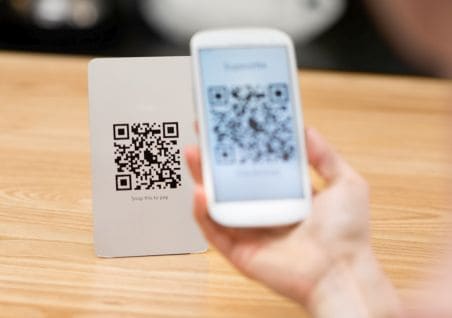New Delhi: For India to switch over to digital payments, most vendors and merchants will have to offer such options. And even the big mobile wallets, which offer the most range of digital payment options in India at the moment, know this. For instance, after Demonetisation, MobiKwik tied up with a representative body for 30 lakh street vendors and launched a data-light version of their app for vendors. Similarly, other players have been aggressively training and encouraging shop and business owners to offer their services as an option.
The experience of using a mobile wallet can be a little different for vendors than it is for regular users. From documentation, caps on money that can be stored to transaction charges, here is what vendors need to know about mobile wallets.
Getting Started
Setting up a merchant account is quite simple across all mobile wallets. One is simply required to use the service's website or app to register basic personal details like name, type of business
According to the Reserve Bank of India's current Master Guidelines on the operation of Prepaid Payment Instruments (which pertains to mobile wallets), merchants are required to have a verified mobile number, self-declare their names, addresses, gender, date of birth and provide the unique identification number of any officially valid document such as Aadhdaar Cards, PAN Cards, and so on.
How to Accept Payments
Once a vendor is all signed up, depending on the company, they will either be issued a QR code (a unique code that can be scanned by smartphones) or will simply be able to use their mobile numbers to receive payments.
For merchants based online, there will be the option of offering that particular mobile wallet as a payment gateway, offering it as a payment option to customers via a button that can be embedded in website or through deep integration for apps and websites (by using the HTML code provided by the company).
Additionally, merchants and vendors can also send payment links via WhatsApp, email or SMS to customers. These links direct customers to the mobile wallet's payment gateway.
Through any of these options, money will be transferred from the customer's mobile wallet to the merchant/vendor's wallet. This can then either be used by the merchant/vendor at places which accept the mobile wallet as a form of payment or be transferred to their bank account.
Transaction Charges and Transfers to Bank Accounts
All mobile wallets offer merchants/vendors the option to transfer the money in their wallets to their bank accounts. However, there can be charges levied on this. For instance, Paytm charges vendors a flat 1.99 per cent on the amount they transfer from their wallets to their bank accounts. Similarly, MobiKwik levies a one per cent transaction charge on this.
However, some mobile wallets like Citrus Pay currently do not charge anything.
Transferring money from wallets to bank accounts is a fairly simple process. Mobile wallets usually just require people to enter their account number, bank and branch name and IFSC code.
How Much Money Can Be Kept in A Wallet at Once?
The Reserve Bank of India's guidelines stipulate that mobile wallets can permit vendors to store Rs 20,000 at a single time. However, the guidelines state that if a merchant/vendor provides all of their KYC (Know Your Customer) documents, they are permitted to keep up to Rs 1 lakh in their wallets. KYC documents include verified address documents, identity cards (Aadhaar Card, Passport, PAN card, Voter's ID or Driving Licence), photographs and business documents.
Higher slabs (of keeping money in a wallet) can be obtained by 'upgrading' one's wallet--a service that most players provide along with door-to-door verification.
For How Long Is The Money Valid?
The Reserve Bank's current guidelines say that money in a wallet is valid for up to three years.




